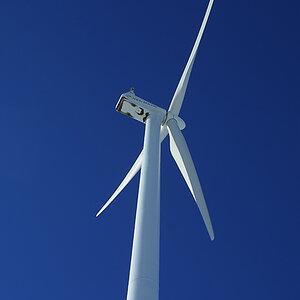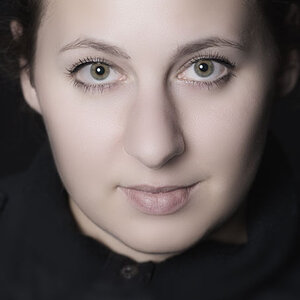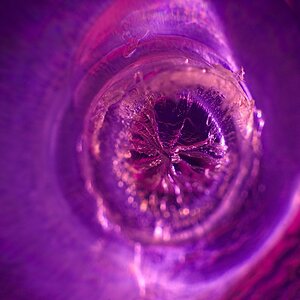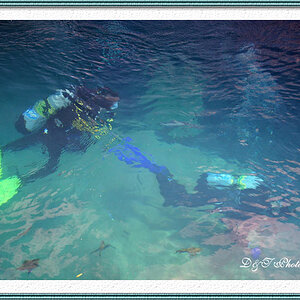prodigy2k7
No longer a newbie, moving up!
- Joined
- Apr 22, 2008
- Messages
- 1,668
- Reaction score
- 22
- Location
- California, USA
- Can others edit my Photos
- Photos OK to edit
I thought or understoof that your eye's lens physically changes shape (streches?).
How does focsing work? for something that is solid like glass? I am guessing it moves forward and backward but I am not sure.
Also, what the difference in elements/focusing whatnot in macro lenses verses regular lenses.
How does focsing work? for something that is solid like glass? I am guessing it moves forward and backward but I am not sure.
Also, what the difference in elements/focusing whatnot in macro lenses verses regular lenses.






![[No title]](/data/xfmg/thumbnail/34/34053-89f2960a2f30add00b9b4379abd6dd12.jpg?1619736253)





![[No title]](/data/xfmg/thumbnail/38/38741-89a8c6f9d841889783a4fae2b8c40902.jpg?1619738704)

